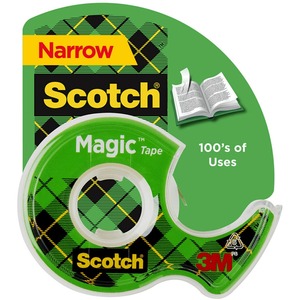KurtH
Well-Known Member
- Joined
- Jul 11, 2010
- Messages
- 427
- Reaction score
- 5
Hello,
I am trying to get my first two stage rocket ready, the estes long Tom. My club's launch is tomorrow and I want to fly it. The directions say to use "cellophane tape" to tape the two engines together. Does that mean frosted scotch tape? OR can you recommend something better?
Thank you
I am trying to get my first two stage rocket ready, the estes long Tom. My club's launch is tomorrow and I want to fly it. The directions say to use "cellophane tape" to tape the two engines together. Does that mean frosted scotch tape? OR can you recommend something better?
Thank you









